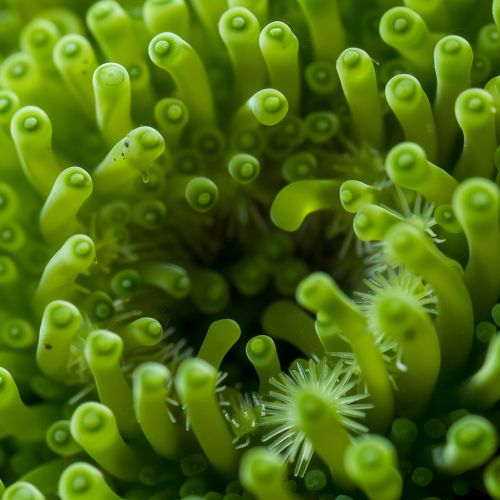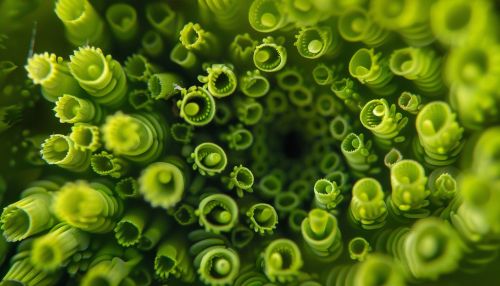Non-vascular plant
Introduction
Non-vascular plants are a type of plants that lack specialized conducting tissues, such as xylem and phloem, which are used to transport water and nutrients. They are also known as "lower plants" due to their primitive characteristics, although this term is not often used by botanists today. Non-vascular plants include three distinct groups: bryophytes, liverworts, and hornworts.


Characteristics
Non-vascular plants exhibit a number of unique characteristics that distinguish them from their vascular counterparts. These include the absence of true roots, stems, and leaves, as well as a lack of a vascular system for the transport of water and nutrients. Instead, these plants possess structures known as rhizoids that function similarly to roots, anchoring the plant to its substrate and aiding in water absorption.
Classification
Non-vascular plants are typically classified into three main groups: bryophytes, liverworts, and hornworts. Each of these groups exhibits unique characteristics and life cycles, but all share the common trait of lacking a vascular system.
Bryophytes
Bryophytes are the most diverse group of non-vascular plants, with over 20,000 known species. They are characterized by their small size, preference for moist habitats, and a life cycle dominated by the gametophyte stage.
Liverworts
Liverworts, or Hepaticophyta, are a group of around 9,000 known species of non-vascular plants. They are named for their liver-like appearance and are found in a variety of habitats, from forests to deserts.
Hornworts
Hornworts, or Anthocerotophyta, are the smallest group of non-vascular plants, with around 200 known species. They are named for their horn-like sporophytes and are found primarily in tropical regions.
Ecology and Habitat
Non-vascular plants play a crucial role in their ecosystems. They help to prevent soil erosion, retain water in the ecosystem, and provide habitat for numerous small animals and microorganisms. They are also important indicators of environmental health, as they are highly sensitive to changes in their environment, such as pollution or climate change.
Reproduction
Non-vascular plants reproduce through a process known as alternation of generations. This involves a cycle between a haploid gametophyte stage, which produces gametes (sperm and eggs), and a diploid sporophyte stage, which produces spores.
Evolution and Fossil Record
The fossil record of non-vascular plants is sparse, due in part to their soft-bodied nature and the fact that they do not readily fossilize. However, the earliest known fossils of land plants are thought to be non-vascular plants, dating back to the Ordovician period, around 450 million years ago.
Economic and Cultural Significance
Despite their small size and simple structure, non-vascular plants have significant economic and cultural value. They are used in a variety of industries, from pharmaceuticals to cosmetics, and are also used in traditional medicine in many cultures. In addition, they are often used in landscaping and gardening, due to their ability to grow in a variety of conditions and their aesthetic appeal.
